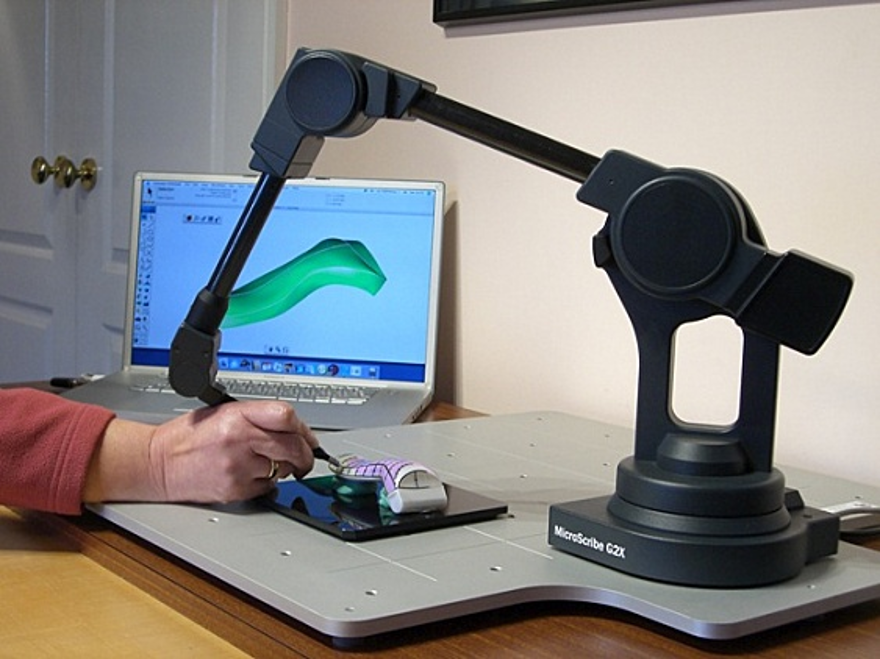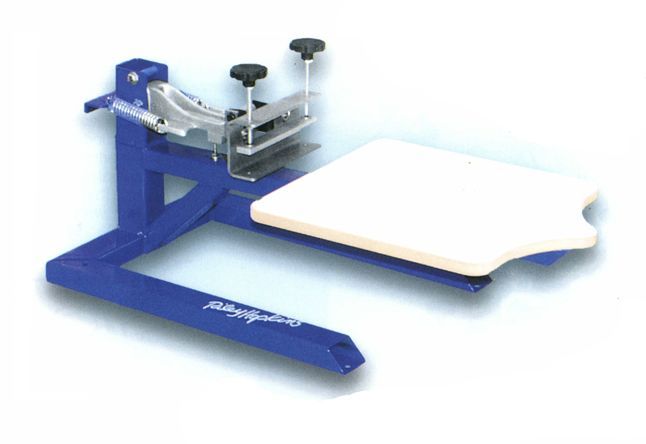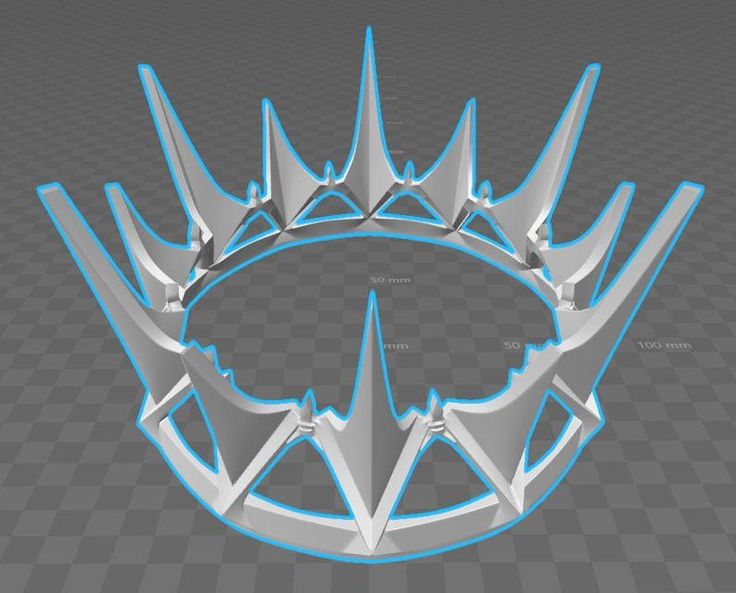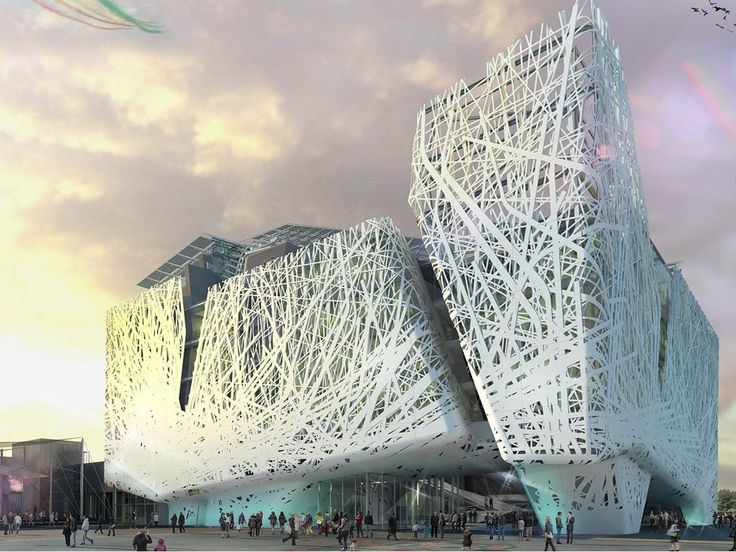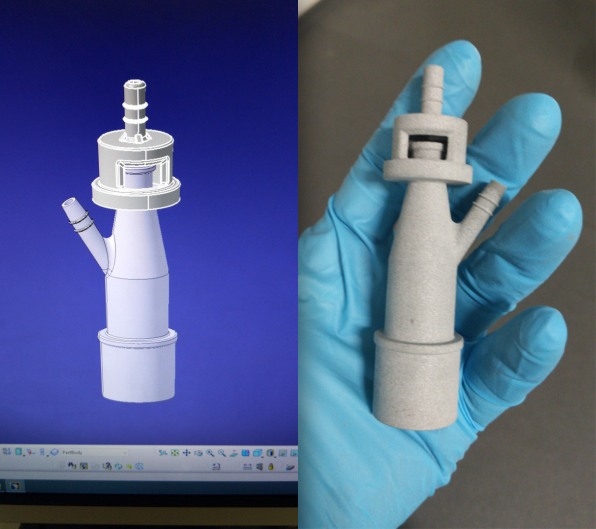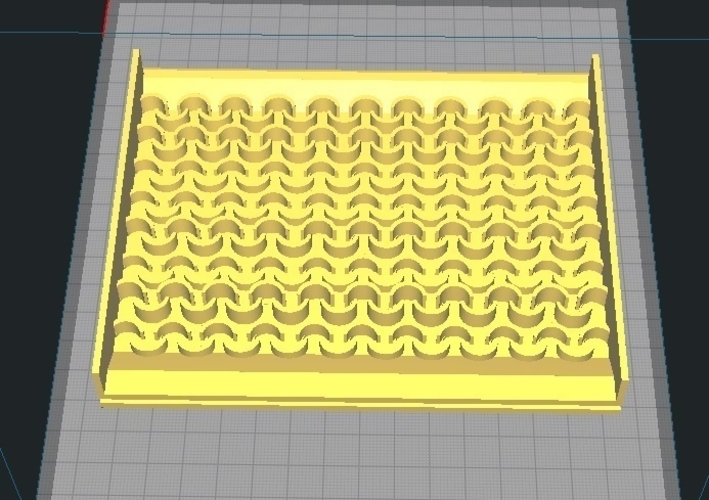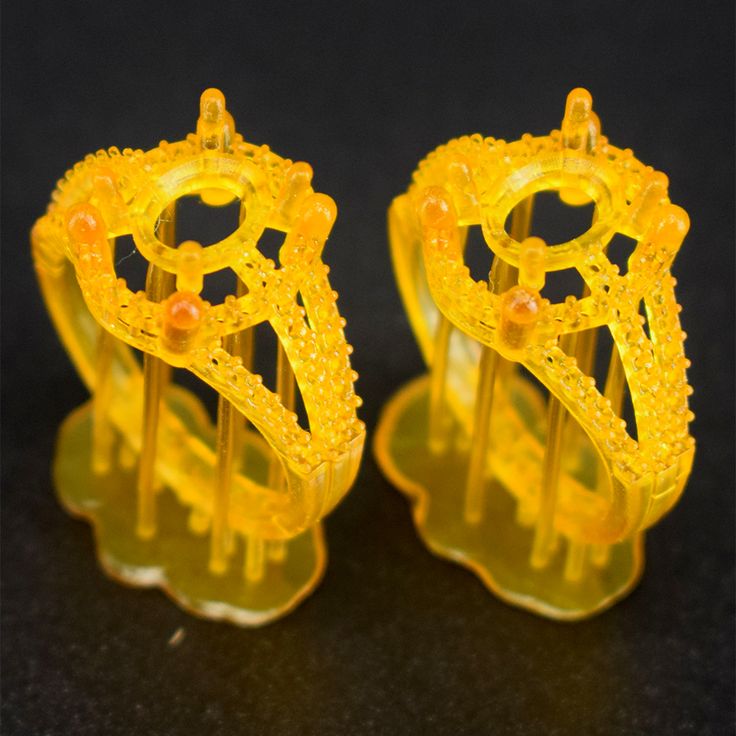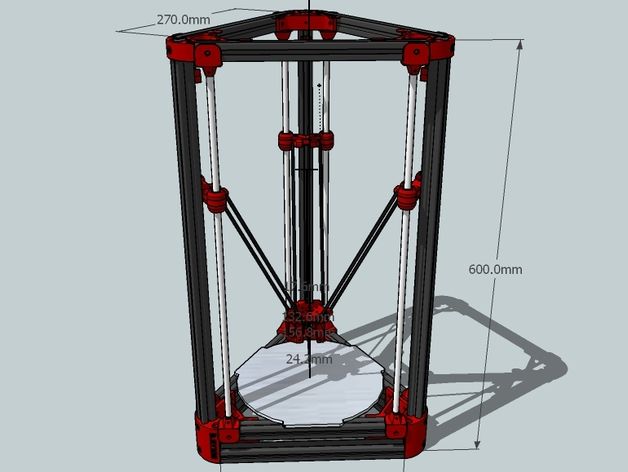Lucida 3d scanner
Developing the Lucida 3D Scanner
A prototype of the Lucida 3D Scanner recording the complex surface relief of the Hereford Mappa Mundi © Factum Foundation
Factum Arte’s fascination with the surface of artworks began in the early 2000s. At the time, studies into the texture of paintings and other objects were not as widespread in the conservation world as the multispectral imaging techniques, including X-ray, infrared and ultraviolet, that looked beneath the surface. Long- to medium-range 3D recording technologies – which accurately capture the general form or layout of an object or site – were also considered invaluable references for heritage management projects of different types. Factum, however, was most concerned with the material qualities of the surface of an artwork; a high-resolution 3D recording of the surface of a work of art was a prerequisite to producing a credible facsimile, indistinguishable from the original to the naked eye. It was also clear that, in combination with colour and other multispectral data, high-resolution recordings of subtle surface relief could lead to new insights and an intimate knowledge about the history of an object and why it looks the way it does today.
In order to obtain the right kind of 3D data – data that could be ‘rematerialised’ for a facsimile – Factum worked with commercial 3D scanner providers throughout the 2000s, often modifying and adapting existing technology for cultural heritage applications. A NUB3D Triple White Light Scanning System was used, for example, in the project to reproduce the Louvre’s Wedding at Cana for its original location on the island of San Giorgio Maggiore (Venice.) Factum also worked closely with 3D Scanners UK to modify and adapt their close-range Reversa Scanner for several projects, including the digitisation of the Tomb of Tutankhamun in 2009.
By this time, the 3D surface recording systems available on the market were becoming obsolete. No other commercial providers supplied close-range surface scanners that improved on the 3D data Factum had been capturing and no relief scanner on the market had yet been designed specifically for conservation. A decision was taken to design an entirely new system in-house, building on the expertise acquired over almost ten years of research.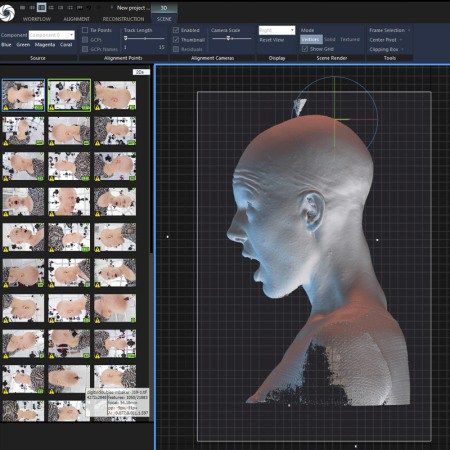 Factum’s new laser scanner would be able to record high-resolution textural information for any 2.5D surface.
Factum’s new laser scanner would be able to record high-resolution textural information for any 2.5D surface.
The scanner was developed by the Spanish artist and engineer Manuel Franquelo with Factum Arte and Factum Foundation. The first iteration of the Lucida – a two-camera laser system employing linear guides for vertical and horizontal movement in 48 x 48 cm ‘tiles’ – was first used in 2011 to record the preparatory panels for the Triumph of the Eucharist by Peter Paul Rubens at the Prado Museum (Madrid).
Manuel Franquelo works with Factum engineer Jorge Cano on the Lucida © Factum Arte, Factum Foundation
The basic idea was that a thin red laser line – entirely safe for the artwork – would move across the surface of an object, becoming deformed in the process by subtle relief features. Two cameras positioned at 45° either side of the laser would record the distortions of the laser and process them as 3D information in real-time whilst also storing raw black and white video for future post-processing at higher resolutions.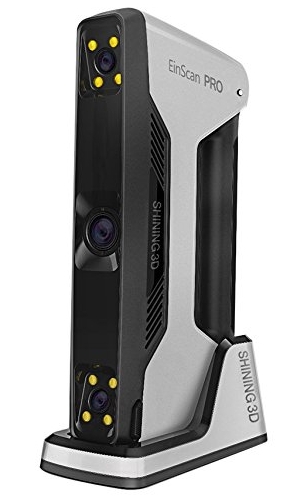 The custom software would also simultaneously render the 3D information as a depth map, enabling the scanner operator to check the quality of the data on-site.
The custom software would also simultaneously render the 3D information as a depth map, enabling the scanner operator to check the quality of the data on-site.
Critically, the new scanner had to have a high 'signal-to-noise ratio' – i.e. the data recorded was of the actual surface, as opposed to 'noise' created by the scanner – for different materials including highly reflective, very dark, or glossy surfaces, all of which conventional 3D scanners find problematic. Factum's 'Standard Board', shown in the image below, was used to test 3D data produced by the scanner prototypes to ensure that all types of surfaces would be recorded to the same degree of precision.
Factum's 'Standard Board' is composed of different surfaces, including those that conventional 3D scanning techniques find difficult © Factum Arte, Factum Foundation
The scan of the 'Standard Board' demonstrated that the Lucida could cope with complex surface types © Factum Arte, Factum Foundation
Several prototypes were tested at leading cultural institutions between 2011 and 2013.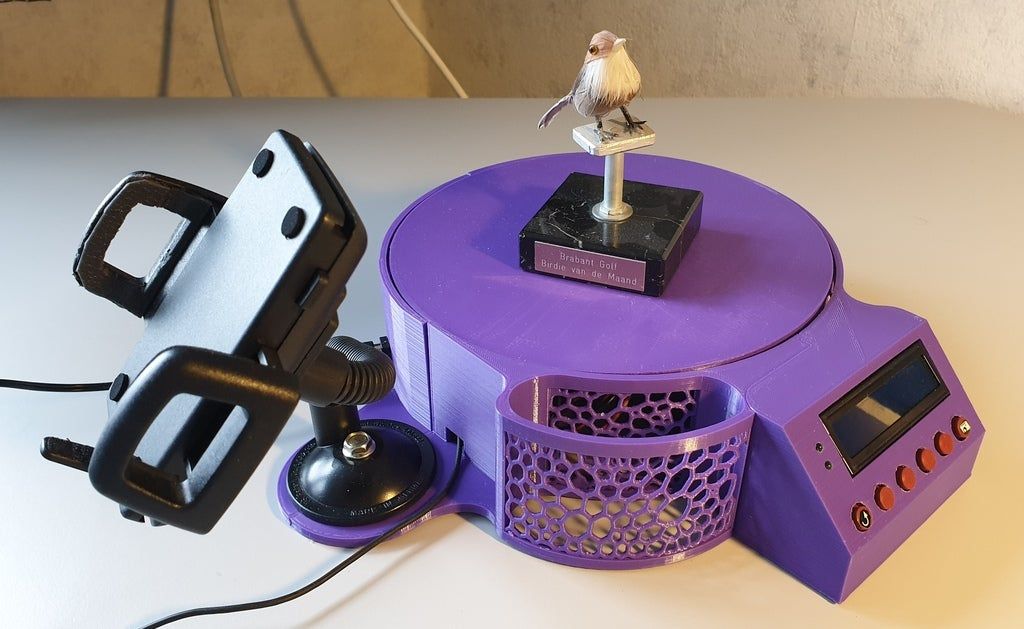 The first iteration of the Lucida, a two-camera laser system employing linear guides for vertical and horizontal movement in 48x48 cm ‘tiles’, was first used in 2011 to record the preparatory panels for The Triumph of the Eucharist by Rubens at the Prado Museum in Madrid. Between 2011 and 2013 new prototypes incorporated a stable, modular frame to support the linear guides and allow the operator to scan up to four tiles without having to move the scanner to a new position. Other changes were made including the introduction of z-axis movement – i.e. toward and away the object – to permit scanning at various depths within a single tile.
The first iteration of the Lucida, a two-camera laser system employing linear guides for vertical and horizontal movement in 48x48 cm ‘tiles’, was first used in 2011 to record the preparatory panels for The Triumph of the Eucharist by Rubens at the Prado Museum in Madrid. Between 2011 and 2013 new prototypes incorporated a stable, modular frame to support the linear guides and allow the operator to scan up to four tiles without having to move the scanner to a new position. Other changes were made including the introduction of z-axis movement – i.e. toward and away the object – to permit scanning at various depths within a single tile.
The images below show early prototypes of the Lucida 3D Scanner alongside images that give an idea of how this unique system was designed with conservation in mind.
First sketches - what was a 3D scanner for conservation going to look like © Manuel Franquelo, Factum Arte, Factum Foundation
Wooden prototypes of the scanning head © Manuel Franquelo - Factum Arte - Factum Foundation
Scanning head components - a combination of standard and custom-made components © Factum Arte, Factum Foundation
First working prototype for the two-camera, one laser scanning head © Factum Arte, Factum Foundation
Testing an early prototype of the scanning head @ Factum Arte, Factum Foundation
An early iteration of the scanning head - testing at Factum's Madrid workshops @ Factum Arte. Factum Foundation
Factum Foundation
Engineer Jorge Cano at Factum's workshops in Madrid @ Factum Arte. Factum Foundation
Designing the custom scanner software @ Factum Arte, Factum Foundation
Designing the custom scanner software @ Factum Arte, Factum Foundation
Early scanner prototype © Factum Arte, Factum Foundation
Early prototype at the Real Fábrica de Tapices, Madrid, in 2014 © Factum Arte, Factum Foundation
Lucida: The 3D Laser Scanner for Conservation
A 2.583Mb PDF of this article as it appeared in the magazine complete with images is available by clicking HERE
Factum Arte is a multidisciplinary workshop based in Madrid, Spain dedicated to digital mediation and the production of projects that redefine the relationship between two and three dimensions while addressing the complex dynamic that exists between originality and authenticity. Founded by the artists Adam Lowe and Manuel Franquelo, it is focused on the development of new technologies applied to both contemporary art and heritage conservation accompanied by the highest levels of digital and physical craftsmanship.
Factum Arte’s team has been involved in 3D scanning since it was formed in 2001. The first project was to demonstrate that 3D scanning the surface of the polychrome relief carvings tomb of Seti I had an important role to play in the conservation of the Valley of the Kings. The interest in `surface capture’, both long range and close range, for screen viewing and for physical re-materialisation remains a core concern.
If data can be rematerialised with the exact characteristics of the original it is clear evidence of the quality of the data. To make a facsimile (an exact replica of a work of art) the digital information needs to record many aspects of an object–both visible and invisible. Facsimiles are becoming increasingly important for study, dissemination and to redefine the ways we approach the protection of vulnerable sites (many of which were never intended to be visited). In the years following the initial replica of 16 square meters of the tomb of Seti I there has been an imperative to promote the use and development of 3D laser scanning technologies.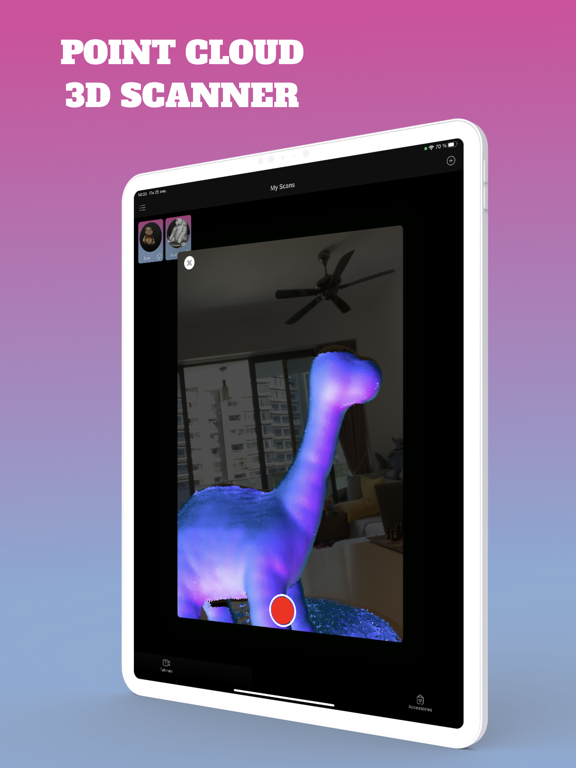 This has been applied by Factum Arte to the production of facsimiles of the Dama de Elche, Goya’s plates for Los Caprichos, the reconstruction of the eastern end of Ashurnasirpal II’s Throne Room, Veronese’s vast painting of the Wedding at Cana, Leonardo’s Last Supper and many other commissions.
This has been applied by Factum Arte to the production of facsimiles of the Dama de Elche, Goya’s plates for Los Caprichos, the reconstruction of the eastern end of Ashurnasirpal II’s Throne Room, Veronese’s vast painting of the Wedding at Cana, Leonardo’s Last Supper and many other commissions.
The Facsimile of Tutankhamun, an initiative instigated in 1988 by the Society of Friends of the Royal Tombs of Egypt, opened to the public in May 2014.. The work, carried out by Factum Arte with the support of the Factum Foundation for Digital Technology in Conservation and installed at the entrance to the Valley of the Kings, gives the public the chance to visit the site without damaging the original. It has also provided the opportunity to focus on visitor experience. The chamber and sarcophagus were recorded at resolutions between 100 and 400 microns using the Seti3D laser scanner (that uses a Reversa two camera–one laser scanning head) in combination with other 3D and photographic recording systems (mainly the NUB3D Triple structured light scanner). The digital data, scanned in eight weeks, was used to physically recreate the relief and colour of the walls with extremely close resemblance to the original. The result, the highest-resolution facsimile of an Egyptian tomb realized to date, is the initial phase of a major initiative to document and preserve the Theban Necropolis and to promote sustainable tourism in Egypt.
The digital data, scanned in eight weeks, was used to physically recreate the relief and colour of the walls with extremely close resemblance to the original. The result, the highest-resolution facsimile of an Egyptian tomb realized to date, is the initial phase of a major initiative to document and preserve the Theban Necropolis and to promote sustainable tourism in Egypt.
It is projects like these that provoked the creation of a bespoke 3D scanning system especially conceived for the surface recording of works or art. The result is the Lucida scanner: a robust, low cost, portable 3D laser scanner for recording the surface of paintings and relief objects. It uses its own software and has been designed for practical use on a limited budget while achieving the highest resolution 3D recording of large-scale objects. Designed and developed by Manuel Franquelo and fabricated by Factum Arte’s workshops, the Lucida scanner demonstrates what can be achieved when a group of people with specific needs and experiences work together to solve problems that have emerged from practical application and experience.
How do you scan a black glossy surface? How do you scan a black glossy surface that is next to a white glossy surface, or a tooled gold surface? Paintings have specific qualities that require focused solutions. During the design, the `noise to information ratio’ was of the greatest importance. We analysed noise that belongs to the recording system and noise that is a part of the surface that is being recorded.
For the 3D recording technology to be meaningful for cultural applications it is essential that the correspondence between the surface and the recording of that surface is as close as possible. Lucida has overcome the problem of contrast and reflection through innovative algorithms designed to reduce noise without altering the characteristics of the surface that is being recorded. The goal is the acquisition of a reliable, high-resolution and dimensionally accurate map of the texture that can be studied on screen or re-materialised in the physical domain. Our concern is not just with shape, but with both shape and surface and the complexity of the surface texture. This intimate understanding of surface is leading to new insights about how an artwork has changed, how it has been looked after, how it has been valued and what has been done to it.
This intimate understanding of surface is leading to new insights about how an artwork has changed, how it has been looked after, how it has been valued and what has been done to it.
The first prototype of the Lucida was used in the Museo del Prado to digitize the surface of a painting that was about to undergo a major restoration. This panel is one of a series painted by Rubens as preparatory sketches for the tapestry cycle The Triumph of the Eucharist. Lucida was used to record the relief of the front of the panel at a resolution of 100 microns. The color was recorded with a Clauss panoramic photography system.
The 3D information that was obtained is now of great value because the shape, size and texture of the painting changed significantly during the restoration process. It is unusual that size changes dramatically but in this case an addition of several centimeters on each side of the painting was removed. The restoration was to stabilise the paint and wooden panel before it was exhibited in front of the tapestry that was based on the design. The recording was done in conjunction with the curatorial and conservation teams at the Museo del Prado. The data will now become an important part of the history of the painting and was supplied to the museum both as a digital archive and as a physically routed plaster panel. In line with Factum Foundation’s commitment to conservation the copyright on this data and on all future applications of the data belongs to the owner of the artwork.
The recording was done in conjunction with the curatorial and conservation teams at the Museo del Prado. The data will now become an important part of the history of the painting and was supplied to the museum both as a digital archive and as a physically routed plaster panel. In line with Factum Foundation’s commitment to conservation the copyright on this data and on all future applications of the data belongs to the owner of the artwork.
Other3D scanning systems process the captured data as point clouds or triangulated mesh as it is being recorded. This is an irreversible abstraction that results in a permanent loss of information. The Lucida scanner stores the data as raw tonal video. It will be possible to re-process this `condensed’ data in the future at a higher-resolution and with improved software. This is a unique feature that reflects a deep understanding of the needs of the art conservation community.
Lucida also generates 3D information as grayscale depth-map files, making it possible to inspect the data as an image. This permits the user to access and process the data with image processing software rather than specialized 3D software, which tends to be expensive and requires regular updates. The visualization of the 3D data as a shaded render also permits its combination with other layers of information such as color, infra-red, x-ray, ultra-violet and historical photographs. A lot of work is now being focused on the production and presentation of multilayered archives that are starting to have a major impact on the forensic study of works of art.
This permits the user to access and process the data with image processing software rather than specialized 3D software, which tends to be expensive and requires regular updates. The visualization of the 3D data as a shaded render also permits its combination with other layers of information such as color, infra-red, x-ray, ultra-violet and historical photographs. A lot of work is now being focused on the production and presentation of multilayered archives that are starting to have a major impact on the forensic study of works of art.
Factum Arte and the Factum Foundation are working to promote the systematic use of non-contact high-resolution 3D scanning of works of art as an important part of every restoration process. Each small change in the surface of a painting produced by any type of intervention leaves an irreversible trace on its surface. It is our collective responsibility to ensure that future generations have a record of the dynamic nature of the past and the changes that happen over time.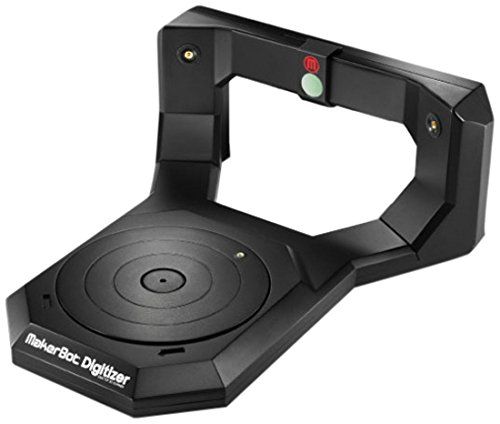 With this in mind Factum Arte and the Factum Foundation opened `Lucida Lab Milano’ within the Open Care complex in Milan in 2014. A Lucida scanner is now permanently in London and other locations are under consideration. We are currently finalising permission with the Ministry of Antiquities to open a fully equipped training centre in Luxor where Egyptian operators will be trained to use the Lucida scanner and start the task of recording the whole of the tomb of Seti I (which has been closed to the public since the 1980’s).
With this in mind Factum Arte and the Factum Foundation opened `Lucida Lab Milano’ within the Open Care complex in Milan in 2014. A Lucida scanner is now permanently in London and other locations are under consideration. We are currently finalising permission with the Ministry of Antiquities to open a fully equipped training centre in Luxor where Egyptian operators will be trained to use the Lucida scanner and start the task of recording the whole of the tomb of Seti I (which has been closed to the public since the 1980’s).
High-resolution 3D data used in conjunction with accepted technologies will transform the way we monitor and protect our cultural heritage. Lucida 3D laser scanner will not only enable museums and institutions to obtain a permanent record of the surface of paintings and low relief objects at a specific moment in time, but it will also make it possible to accurately monitor the condition of artworks sent out on loan, document the surface in anticipation of any intervention or restoration process, establish a protocol for measuring change and ultimately to make facsimiles of objects that can no longer withstand the visitor numbers that continue to increase exponentially.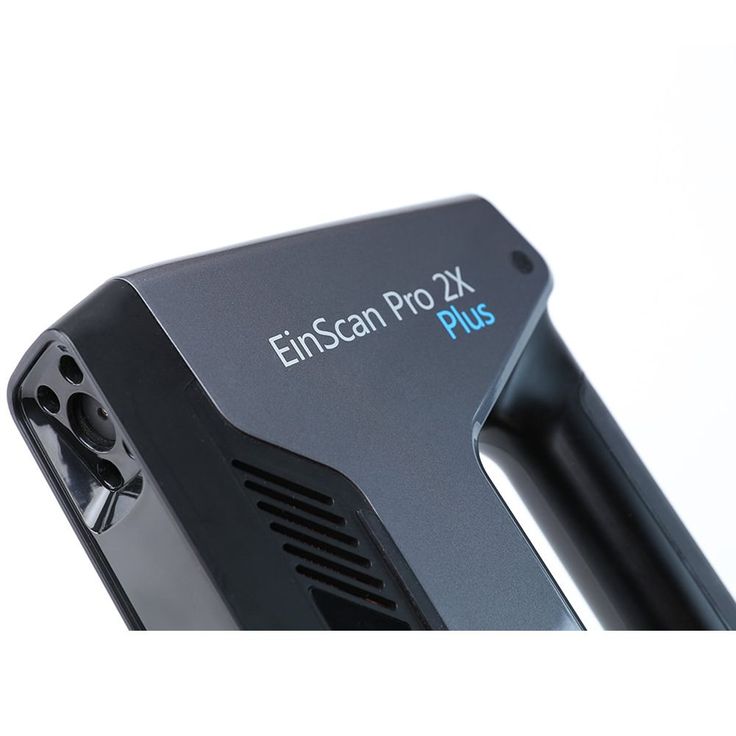 Sustainable cultural tourism is the goal and the faithful documentation of works of art is essential to understand their importance in the present and their impact on the future.
Sustainable cultural tourism is the goal and the faithful documentation of works of art is essential to understand their importance in the present and their impact on the future.
Carlos Bayod Lucini is architect and Head of 3D laser scanning at Factum Arte.
A 2.583Mb PDF of this article as it appeared in the magazine complete with images is available by clicking HERE
3D Laser Scanner (3D Lidar) HOKUYO YVT-35LX-F0
3D Laser Scanner (3D Lidar) HOKUYO YVT-35LX-F0About
Hokuyo
The Japanese company Hokuyo manufactures laser scanners (also known as lidars), advanced optical sensors and optical communication devices. Hokuyo's laser scanners are well known for...
Read more→
3D laser scanners (3D-LiDAR) YVT-35LX allow you to realize almost continuous scanning of the surrounding space, regardless of whether the recognized objects are moving. In one frame, the scanner generates a cloud of 2590 points. Using the interlaced mode, you can increase the density of points in the cloud. The scanner is equipped with an accelerometer and a PPS input.
Using the interlaced mode, you can increase the density of points in the cloud. The scanner is equipped with an accelerometer and a PPS input.
To determine the distance, the scanner generates a pulsed laser beam using the TOF (time of flight) measuring principle. The scanner emits a laser beam in a wide 3D field, providing data on the height, width and depth of objects. Such information cannot be obtained using classic 2D scanners.
BENEFITS:
Wide field of view
The scanner has a measuring range of 210° horizontally and 40° vertically. The working range is 35 m at the front and approximately 14 m at the sides. For detailed information on the detection range in each direction, see the scanner data sheet.
Input signal PPS
When using a GPS signal, the PPS input resets the scanner's time stamp to eliminate a time offset error. nine0006
Interlace mode
The direction of the laser beam is gradually shifted in each cycle, creating a denser point cloud. You can increase the density in two planes independently - up to 20 times horizontally and 10 times vertically. At maximum density, this is called HD (High Density) mode.
You can increase the density in two planes independently - up to 20 times horizontally and 10 times vertically. At maximum density, this is called HD (High Density) mode.
Environmental resistance
The IP67 rated YVT-35LX can be used in a variety of environments, up to 100,000 lux, and is shock resistant up to 10G. nine0006
Multi-Echo Function
The scanner beam can generate multiple returns in the same direction when reflected from rain, dust, and fog. In this case, distance messages are received for each return.
When using the scanner outdoors, the Multi-echo function allows you to separate rain, dust and fog from targets and the housing cover, supporting up to 4 echoes (first, second, third and last echoes).
ATTENTION: the scanner processes up to 8 returns and reports only 4 of them
Areas of use:
- Self-propelled vehicles (AGV): Safe monitoring and terrain mapping
- Robotics: Recognition of surrounding objects
- Loaders: obstacle detection, pattern matching and height measurement
- Construction: determining the scope and depth of excavation, determining the profile of bulk soil
- Ports: Crane Collision Prevention
- Public places: counting people in shopping malls
- Entertainment: access control
YVT-35LX-F0 laser scanner price:
6725.
 31 euros with VAT (excludes accessories)
31 euros with VAT (excludes accessories) Sample 3D laser scanner available for free testing
Documentation
- Promotion leaflet
- Datasheet
- Specification
- Communication protocol
OUR CLIENTS
3D photography - the technology of the new millennium
In 1998, a multimedia installation was presented at the SIGGRAPH conference, inviting visitors to take a walk through the virtual world, which is displayed on a screen stylized as a camera viewfinder. In addition to the standard navigational controls, the simulator's console included a shutter-release button, pressing it was accompanied by an ominous click and caused an irreversible transformation of all objects that fell into the camera's field of view - they suddenly became flat and lifeless from three-dimensional objects. Thus, the camera was likened to something like a weapon of mass destruction, surpassing the imaginations of the creators of even the bloodiest 3D shooters. The authors of this installation must have been simply inspired by the ambiguity inherent in the word "photo hunting". Although, perhaps, they were driven by the "primal" fear of the camera, which lives in the dark recesses of our consciousness, whose deadly motionless eye peers into our soul intently - in order to "kidnap" it. It is also possible that in their work they were guided by ideas from the book "Camera Lucida" by the French philosopher-semiologist Roland Barthes, who called photography "flat death". However, it is known that any real work of art allows for many interpretations. Within the framework of this article, the most significant for us is the following assumption: what if the artistic flair of the authors allowed them to intuitively express the readiness of a person of the 21st century to perceive new technologies and types of art that, unlike traditional photography, can capture reality while preserving its natural three-dimensionality? nine0006
The authors of this installation must have been simply inspired by the ambiguity inherent in the word "photo hunting". Although, perhaps, they were driven by the "primal" fear of the camera, which lives in the dark recesses of our consciousness, whose deadly motionless eye peers into our soul intently - in order to "kidnap" it. It is also possible that in their work they were guided by ideas from the book "Camera Lucida" by the French philosopher-semiologist Roland Barthes, who called photography "flat death". However, it is known that any real work of art allows for many interpretations. Within the framework of this article, the most significant for us is the following assumption: what if the artistic flair of the authors allowed them to intuitively express the readiness of a person of the 21st century to perceive new technologies and types of art that, unlike traditional photography, can capture reality while preserving its natural three-dimensionality? nine0006
| Minolta 3D 1500 is the first attempt to bring 3D modeling automation technology to the masses |
It is difficult to say whether Minolta and MetaСreations executives were among the users of the described simulator; it is only known that a year later, one of the loudest sensations of SIGGRAPH was the first mass-produced three-dimensional camera Minolta 3D 1500 developed jointly by these companies. This revolutionary device, comparable in size to a conventional digital "pointy camera", was conceived to simplify the process of modeling and texturing to the utmost 3D objects - it is enough to photograph them from several sides and process the resulting images using the supplied MetaFlash software, which allows you to set the required degree of detail of the polygonal model and convert it to any of the popular 3D formats. nine0006
This revolutionary device, comparable in size to a conventional digital "pointy camera", was conceived to simplify the process of modeling and texturing to the utmost 3D objects - it is enough to photograph them from several sides and process the resulting images using the supplied MetaFlash software, which allows you to set the required degree of detail of the polygonal model and convert it to any of the popular 3D formats. nine0006
| Laser portrait will save your three-dimensional appearance for posterity |
Alas, this camera turned out to be too expensive for amateurs (about $5000) and at the same time too imperfect for professionals. The patented '3D flash' was erratic in bright light conditions, and the accuracy of modeling objects larger than 1 m3 was unacceptably low. Marketers from Minolta believed that as a tool for designing virtual counters, the new camera would be in demand among administrators of online stores. However, these plans were frustrated by the massive dot-com crash that happened soon, so the production of the Minolta 3D 1500 is now discontinued, which does not mean that the very concept of 3D photography is recognized as unpromising. An extensive community of researchers is still working on improving 3D modeling automation technologies, embodying in their creations the latest achievements in the field of high-speed digital electronics, precision optics and mechanics, as well as image processing algorithms. And there is every reason to hope that the "second pancake" will be more successful. nine0006
However, these plans were frustrated by the massive dot-com crash that happened soon, so the production of the Minolta 3D 1500 is now discontinued, which does not mean that the very concept of 3D photography is recognized as unpromising. An extensive community of researchers is still working on improving 3D modeling automation technologies, embodying in their creations the latest achievements in the field of high-speed digital electronics, precision optics and mechanics, as well as image processing algorithms. And there is every reason to hope that the "second pancake" will be more successful. nine0006
Of course, in addition to the task of ridding photographers of the metaphysical horror of "flat death", 3D photo technologies have many other applications of a more practical nature. Let's briefly consider some of them.
Neither earthquakes, nor the intrigues of terrorists, nor the forests of restorers can now deprive mankind of the statue of David, digitized by Stanford University staff with a spatial resolution of 87.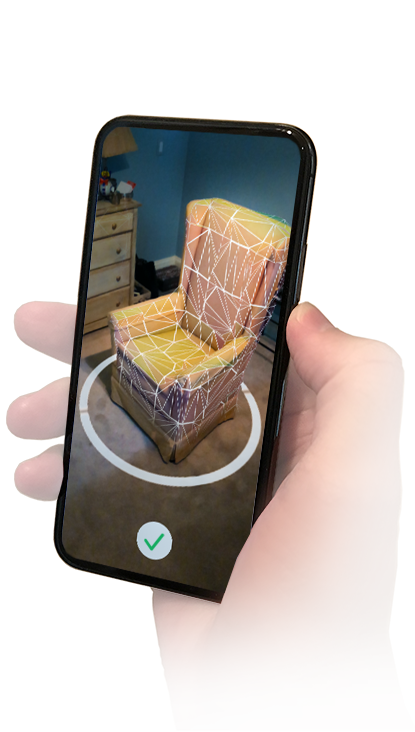 6 dpi as part of the Digital Michelangelo project. Visitors to the project website www.graphics.stanford. edu/projects/mich provides free access to the ScanView utility for viewing models online (the models themselves are protected by copyright). The project involves laser scanners from Cyberware, Cyra and 3D Scanners. The synthesized image is published with the kind permission of the project manager Marc Levoy (Marc Levoy) 6 dpi as part of the Digital Michelangelo project. Visitors to the project website www.graphics.stanford. edu/projects/mich provides free access to the ScanView utility for viewing models online (the models themselves are protected by copyright). The project involves laser scanners from Cyberware, Cyra and 3D Scanners. The synthesized image is published with the kind permission of the project manager Marc Levoy (Marc Levoy) |
Topography and architecture. In these areas, the relevance of the problem of restoring the volume of photographs is perhaps the most obvious. It is no coincidence that the first methods for solving it were systematized as early as 1851, that is, only a decade after the invention of the daguerreotype. The honor of founding photogrammetry - the science of determining the shape, size and position of objects based on their images in photographs - belongs to the French officer Aime Laussedat. nine0006
Preservation of cultural property. Obviously, the solution of this problem, the importance of which has been repeatedly mentioned on the pages of "Computer Review" (itc.ua/10828), is impossible without the use of automation tools. No museum in the world has enough budget to pay professional 3D designers who can digitally reproduce tens of thousands of exhibits with high fidelity using traditional means.
Record keeping in law enforcement agencies. nine0138 The availability of detailed 3D models of accidents or crime scenes leads to a significant increase in the efficiency and effectiveness of the work of the investigating authorities. Suffice it to say that for the measurements made by modern forensic scientists with the help of an archaic tape measure, a couple of mouse clicks will be enough in the future. The advantages of 3D photography are especially evident for ballistic forensics and analysis of three-dimensional footprints and treads, as well as for cataloging 3D photo portraits of suspects, since traditional profile and frontal photographs limit the accuracy of identifying criminals that can be captured by security surveillance systems in the most arbitrary angles. In addition, 3D photographs can improve the identification of suspects based on the shape of ears and other similar individual features. Several manufacturers of 3D scanners say that the prospects for the introduction of their technologies are currently being studied by the FBI. nine0006
In addition, 3D photographs can improve the identification of suspects based on the shape of ears and other similar individual features. Several manufacturers of 3D scanners say that the prospects for the introduction of their technologies are currently being studied by the FBI. nine0006
Website design for electronic department stores and real estate agencies. The success of the latter largely depends on how true their advertising images are. For this reason, panoramic photographs of real estate have recently become the standard form of presentation, when viewing which the potential buyer is free to choose the viewing angle, reducing his dependence on the arbitrariness of the photographer. The spread of 3D cameras will allow administrators of real estate agencies to abandon flat photos in favor of the VRML format. nine0006
Entertainment industry. 3D scanning of performers and props is already a must for filming blockbusters like Attack of the Clones. In the video industry, the impact of 3D photography technology is also becoming more and more visible. In virtual filming studios (also called "blue rooms"), the interaction between TV presenters and synthetic entourage is organized in several planes, the ordering of which requires painstaking work. Real-time 3D scanners that work synchronously with video cameras make it possible to automate this process and use models of a qualitatively new level of complexity, where synthetic and real objects are able to mutually contact, while casting shadows on each other. At the same time, several presenters, connected by a teleconference, can be "seated" at a common round table. The first attempts to commercialize such projects can be found on the Zaxel website. 3D photography technology will give a new impetus to the gaming industry by reducing the skill required for gamers to create their own game levels and character modeling, as well as improve the quality of motion games designed to use the player's body as an input device (one of the leading game developers of this kind is Vivid Group
In virtual filming studios (also called "blue rooms"), the interaction between TV presenters and synthetic entourage is organized in several planes, the ordering of which requires painstaking work. Real-time 3D scanners that work synchronously with video cameras make it possible to automate this process and use models of a qualitatively new level of complexity, where synthetic and real objects are able to mutually contact, while casting shadows on each other. At the same time, several presenters, connected by a teleconference, can be "seated" at a common round table. The first attempts to commercialize such projects can be found on the Zaxel website. 3D photography technology will give a new impetus to the gaming industry by reducing the skill required for gamers to create their own game levels and character modeling, as well as improve the quality of motion games designed to use the player's body as an input device (one of the leading game developers of this kind is Vivid Group
Video signal compression. Additional information about the nature of the image often allows you to increase the efficiency of its compression. For example, scene depth information can be used to decompose the scene into objects, which significantly improves the quality of video compression in MPEG-4 and other object-oriented formats. The introduction of 3D cameras in videotelephony, which imposes particularly severe restrictions on the throughput of communication channels, makes it possible to select an object in the foreground of the image (i.e., the subscriber's face) and broadcast it with a higher spatiotemporal resolution than an uninformative background. nine0006
Additional information about the nature of the image often allows you to increase the efficiency of its compression. For example, scene depth information can be used to decompose the scene into objects, which significantly improves the quality of video compression in MPEG-4 and other object-oriented formats. The introduction of 3D cameras in videotelephony, which imposes particularly severe restrictions on the throughput of communication channels, makes it possible to select an object in the foreground of the image (i.e., the subscriber's face) and broadcast it with a higher spatiotemporal resolution than an uninformative background. nine0006
Improvement of traditional photographic technologies. Depth-of-image information enhances post-production options by allowing the photographer to retroactively change the depth of field or optimize exposure compensation for multi-angle shots taken with the built-in flash.
As part of one of the tutorial projects included with the demo version of PhotoModeler Pro v.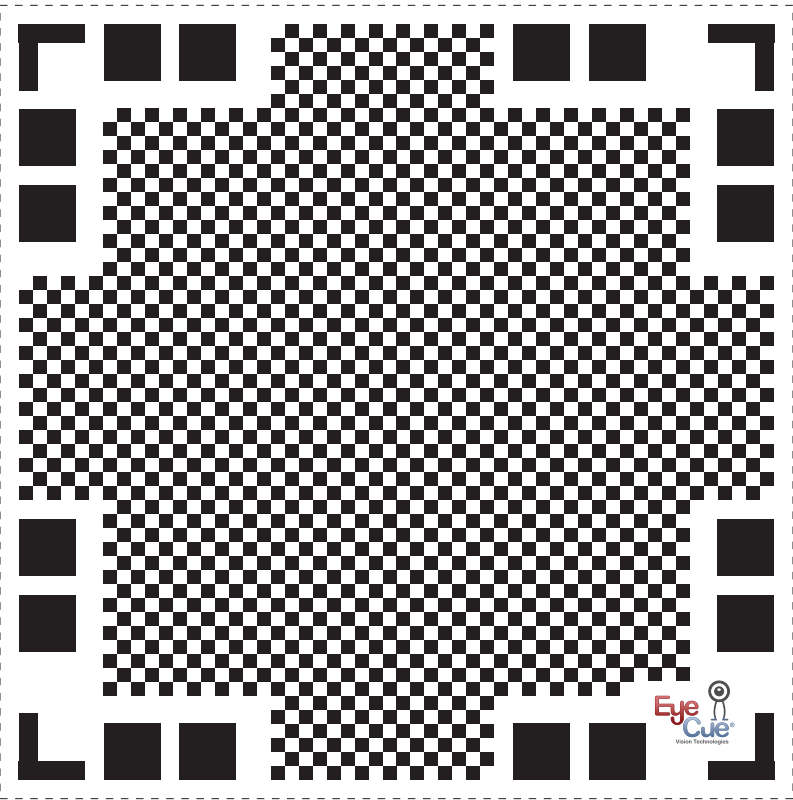 5, the user is asked to convert several photos of a Ferrari toy car into a 3D textured model 5, the user is asked to convert several photos of a Ferrari toy car into a 3D textured model |
3D photo technologies are also obviously of interest to robotics and plastic surgeons, prosthetists, tailors, shoemakers, interior designers… It would not be an exaggeration to say that 3D photography is of interest to everyone, especially considering that the area its application is constantly expanding. So, over the past two or three years, small salons of three-dimensional portraits have become widespread in the shopping and entertainment centers of the largest cities in the world. The process of "photographing" them takes less than a second: during this time, with the help of a low-power laser beam, the three-dimensional coordinates of several thousand grid points projected onto the client's face are determined. After the scanned three-dimensional model of his head is in the computer's memory, the operator adjusts the brightness of the texture and sets the blank, cast from a noble grade of glass, into a device the size of a small refrigerator. A three-dimensional portrait is made up of about a hundred thousand bubbles burned through the thickness of the glass by laser beams. The mutual arrangement of bubbles and the sequence of their burning are optimized in order to reduce the likelihood of cracks associated with internal static stress. The whole procedure takes a few minutes and costs the customer approximately $50. More information about this technology can be found on the website of Crystalix, one of the leading suppliers of equipment for such salons. nine0006
A three-dimensional portrait is made up of about a hundred thousand bubbles burned through the thickness of the glass by laser beams. The mutual arrangement of bubbles and the sequence of their burning are optimized in order to reduce the likelihood of cracks associated with internal static stress. The whole procedure takes a few minutes and costs the customer approximately $50. More information about this technology can be found on the website of Crystalix, one of the leading suppliers of equipment for such salons. nine0006
Another example of a fundamentally new field of application for 3D photography is the initiative of Canesta (as well as itc.ua/11332), which organized the production of "virtual keyboards" projected onto the surface of the table. Targeted at PDA manufacturers, this technology uses a miniature 3D camera to track the spatial position of the user's fingers.
In a certain sense, the most advanced 3D scanner is the human visual system and common sense: a qualified 3D designer can convincingly reproduce a three-dimensional model of a building from a single photograph of it, which is beyond the power of the most advanced modern algorithms.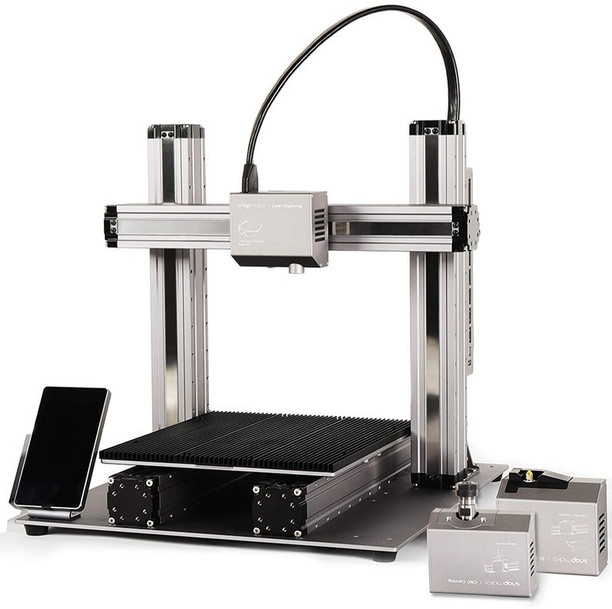 Therefore, employees of the computer laboratory of the Massachusetts Institute of Technology see great prospects in the development of the principles of the closest interaction between the designer and software. The software they developed (https://graphics.csail.mit.edu/ibedit/ibedit_s2001_cameraReady.pdf) combines the features of two- and three-dimensional reactors. By assigning a conditional "depth" to some areas of a flat image, the user gets the opportunity to look at the scene from an arbitrary angle and texture the "bare" surfaces that open to his gaze using a brush similar to the Rubber Stamp from the Photoshop toolkit. nine0006
Therefore, employees of the computer laboratory of the Massachusetts Institute of Technology see great prospects in the development of the principles of the closest interaction between the designer and software. The software they developed (https://graphics.csail.mit.edu/ibedit/ibedit_s2001_cameraReady.pdf) combines the features of two- and three-dimensional reactors. By assigning a conditional "depth" to some areas of a flat image, the user gets the opportunity to look at the scene from an arbitrary angle and texture the "bare" surfaces that open to his gaze using a brush similar to the Rubber Stamp from the Photoshop toolkit. nine0006
| The superposition of areas of greatest contrast in images obtained by rotating the focus ring (or by gradually changing the distance between the lens and the object) can be used to automatically calculate the z-buffer |
Of course, the model obtained in this way will be inferior in quality to the results of high-precision photometric software, one of the most typical and accessible examples of which is the PhotoModeler Pro program from EOS (its current version 5.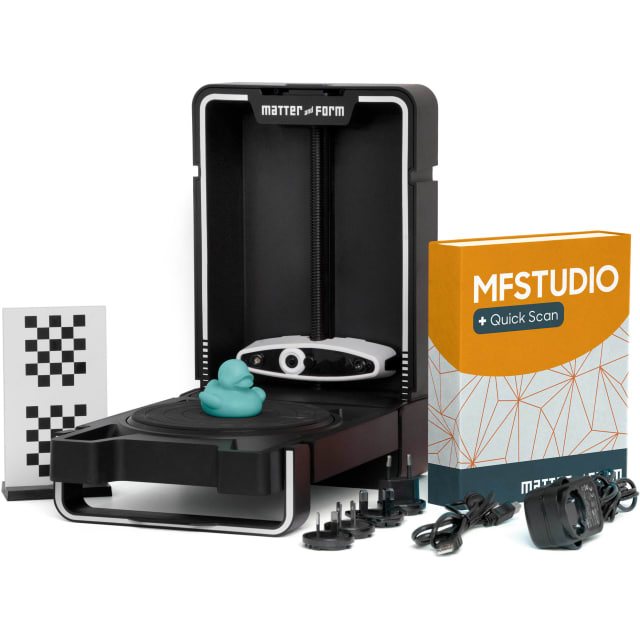 0 costs about $9).00). You can get acquainted with it using a trial package distributed through the site www.photomodeler.com (its functionality is limited to working with only a few educational projects included in the installation package).
0 costs about $9).00). You can get acquainted with it using a trial package distributed through the site www.photomodeler.com (its functionality is limited to working with only a few educational projects included in the installation package).
The source material for PhotoModeler is several photographs depicting the object being modeled from different angles, as well as many user-specified reference points. For example, for an exhaustive description of a tetrahedron, eight points are sufficient, coinciding with its vertices from two angles. In addition, the user must specify the correspondence between the reference points visible from different angles, and specify the topology connecting them. In addition to polygonal primitives, PhotoModeler is able to operate with cylindrical surfaces and splines. To reduce the complexity of manual operations with a large number of control points, the modes of their automatic generation and linking are provided. The result of the analysis of automatically generated data is a cloud of three-coordinate points - the basic concept for 3D photo technologies. nine0006
nine0006
A cloud of three-coordinate points, in which one point corresponds to each pixel of the image, is conveniently described as a two-dimensional array of real numbers expressing the distance from the observed scene element to the optical center of the lens; in computer graphics, such an array is called a z-buffer.
3D scanners capable of generating z-buffer automatically are usually divided into active and passive. A degenerate example of a simple passive scanner is any modern AF-marked camera: in order to bring the lens into focus, its autofocus system automatically determines the distance to the central element of the scene, seeking to achieve the greatest contrast in the center of the frame. The autofocus system, which determines the distance to photographed objects not only in the center, but also at other points in the frame, can be used to calculate the z-buffer. This principle of 3D scanning works most effectively in macro photography and optical microscopy, which are characterized by very shallow depths of field (and therefore a high correlation between the distance to the object and the contrast of its image - see, for example, www. photogrammetry.ethz.ch/general/persons /jana_pub/niederoest_o3d.pdf). nine0006
photogrammetry.ethz.ch/general/persons /jana_pub/niederoest_o3d.pdf). nine0006
Another type of passive 3D scanner imitates human binocular vision by analyzing stereo pairs obtained using two photographic lenses with parallel optical axes: the closer the object is, the more pronounced its parallax shift becomes. The stability of such scanners depends on the ability of the algorithms implemented in their firmware to establish an error-free correspondence between similar texture elements. The latest generation of algorithms of this kind can work with a large number of image sources located in different places and differently oriented. The data structure used to describe the scene in these algorithms is often a three-dimensional array ("voxel cube"), the elements of which are assigned optimal transparency and color values during successive approximation. In this case, optimality means the correspondence of a specific voxel configuration to the original images taken from different angles (www.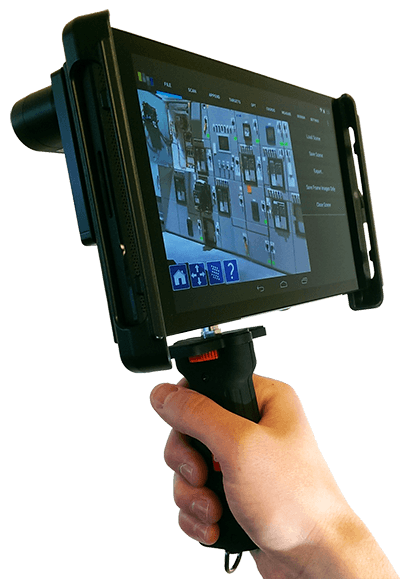 cs.cornell.edu/People/vnk/papers/KZ-ECCV02-recon.pdf). nine0006
cs.cornell.edu/People/vnk/papers/KZ-ECCV02-recon.pdf). nine0006
Obviously, the weak point of passive systems is their dependence on the illumination of the scene and the nature of the textures. Focus-based 3D scanners are unable to determine the distance to an object that does not have enough contrasting features on its surface, and algorithms for finding similar texture features can be "confusing" by regularly repeating "checkerboard" patterns. Note - in a similar way, the human visual system is disoriented when looking at stereograms. nine0006
The last problem can be solved if any of the systems described above is equipped with a projector or a flash projecting a sufficiently informative texture onto the scanned surface, which, however, will transfer them to the category of active ones.
Accurate knowledge of the location and orientation of the texturing projector, as well as the focal length of its lens, can be used to calculate the shape of an object based on analysis of the distortions experienced on its surface by the texture pattern. An example of the most straightforward implementation of this principle is Eyetronic's ShapeWare system, which is a software suite and a conventional digital camera mounted on a lightweight portable chassis with a flash that projects a lattice texture. The same chassis can optionally carry a regular flash, with which "normal" shots are taken, used for texturing the finished model (although shadowless lamps are usually recommended for high-quality textures). nine0006
An example of the most straightforward implementation of this principle is Eyetronic's ShapeWare system, which is a software suite and a conventional digital camera mounted on a lightweight portable chassis with a flash that projects a lattice texture. The same chassis can optionally carry a regular flash, with which "normal" shots are taken, used for texturing the finished model (although shadowless lamps are usually recommended for high-quality textures). nine0006
The Minolta 3D 1500 mentioned above can be seen as a greatly reduced and fully automated analogue of ShapeWare. Its low suitability for shooting dimensional objects is explained, in particular, by the small distance between the lens and the texturing flash.
In the line of stationary scanners of the Minolta Vivid series, the function of the texturing device is performed by a movable mirror that deflects the laser beam, which illuminates the surface of the object with many luminous stripes. The low-power laser is safe for the eyes, and this allows it to be used for scanning faces in 3D portrait salons.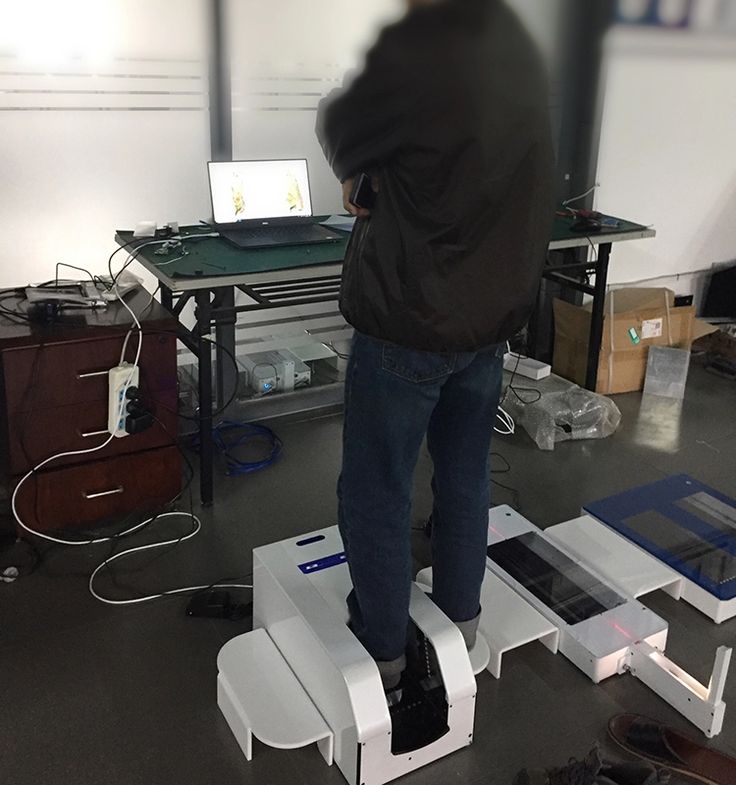 nine0006
nine0006
The MAPSCAN (Manual And Portable Scanner) 3D Scanner manufactured by INO is unique in that it cannot be used with a tripod. This device is recommended to be moved along the surface of the scanned object at a distance of 10 to 20 cm, like an aerosol can of paint. During the manipulations, MAPSCAN continuously emits a narrow strip of light (formed by the rapid deflection of the laser beam) and transmits the shape of its projection to the computer. In addition, at each moment of time, the computer has data on the position and orientation of the scanner itself (their source is a system of several echolocation sensors). The processing of all this information makes it possible to obtain models with a spatial resolution of up to 1 mm. The maximum speed of the scanner is 10 cm/sec, and the scope of the echolocation system is 1 m3. nine0006
| The MAPSCAN 3D scanner is a hybrid of a consumer video camera and a | barcode reader
The latest achievement in the field of texturing the scanned surface - based on the principles of interferometry technology AFI (Accordion Fringe Interferometry), developed by Dimensional Photonics. It uses a pair of point light sources as an emitter, filling the space with a three-dimensional interference texture. nine0006
It uses a pair of point light sources as an emitter, filling the space with a three-dimensional interference texture. nine0006
So-called 3D laser scanners also belong to the category of active systems. An example of this is 3rdTech's DeltaSphere 3000, whose key structural components are a laser and a photodetector mounted on a tripod with a motorized swivel head. This device automatically scans a given area of the surrounding space with a pulsating laser beam, recording the time it takes the light to double the distance from the laser to the reflective surface (a similar principle is used in radar installations). The productivity of DeltaSphere 3000 reaches 25 thousand points per second, the range of measured distances is from 0.38 m to 15.2 m, and the accuracy in determining the spatial coordinates of points remote from the laser at a distance of 15.2 m is about 8 mm. The change in the color of the reflected light pulse can be used to analyze the color characteristics of the surface. Scanning a full panorama (covering 360° horizontally and 145° vertically) takes about half an hour, which, of course, makes the device unsuitable for working with moving objects. DeltaSphere 3000 comes with software that allows you to compose three-coordinate point clouds obtained over several scans (during which the tripod is placed at different points in the scene), and convert the result into polygonal models. At around $50,000, marketers at 3rdTech see the DeltaSphere 3000 as the best solution for forensics and film production. nine0006
Scanning a full panorama (covering 360° horizontally and 145° vertically) takes about half an hour, which, of course, makes the device unsuitable for working with moving objects. DeltaSphere 3000 comes with software that allows you to compose three-coordinate point clouds obtained over several scans (during which the tripod is placed at different points in the scene), and convert the result into polygonal models. At around $50,000, marketers at 3rdTech see the DeltaSphere 3000 as the best solution for forensics and film production. nine0006
| Appearance of the AFI 4000 3D scanner and the scheme of the optical path of its emitter, which forms a pair of point sources by splitting the laser beam |
The disadvantage of 3D laser scanners is unstable work with surfaces, the visibility of which is partially blocked by translucent objects like dust clouds, wire fences, etc. And if for the DeltaSphere 3000 3D scanner this problem is not so urgent, given its modest radius actions (the operator in most cases can take measures to exclude unwanted interference from the scene), then for more "long-range" devices it often comes to the fore. These are the 3D scanners of the LPM series, manufactured by Riegl USA and designed to work with objects whose dimensions are calculated in kilometers. The built-in software of LPM scanners analyzes each response caused by light pulses, cutting off false reflections and remembering only the last two bursts. This allows you to create a two-layer z-buffer, which expands the possibilities of modeling: for example, buildings can be scanned taking into account the outer layer of glazing. "Payback" for accuracy and long range is a relatively low performance (lower than DeltaSphere 3000, about an order of magnitude). nine0006
And if for the DeltaSphere 3000 3D scanner this problem is not so urgent, given its modest radius actions (the operator in most cases can take measures to exclude unwanted interference from the scene), then for more "long-range" devices it often comes to the fore. These are the 3D scanners of the LPM series, manufactured by Riegl USA and designed to work with objects whose dimensions are calculated in kilometers. The built-in software of LPM scanners analyzes each response caused by light pulses, cutting off false reflections and remembering only the last two bursts. This allows you to create a two-layer z-buffer, which expands the possibilities of modeling: for example, buildings can be scanned taking into account the outer layer of glazing. "Payback" for accuracy and long range is a relatively low performance (lower than DeltaSphere 3000, about an order of magnitude). nine0006
Zoller+Froehlich's IMAGER 5003-25200 is the fastest commercially available 3D laser scanner, capable of measuring up to 625,000 coordinates per second.